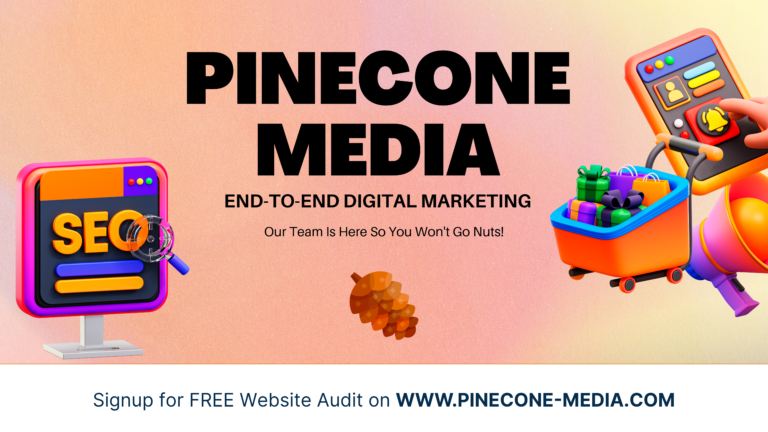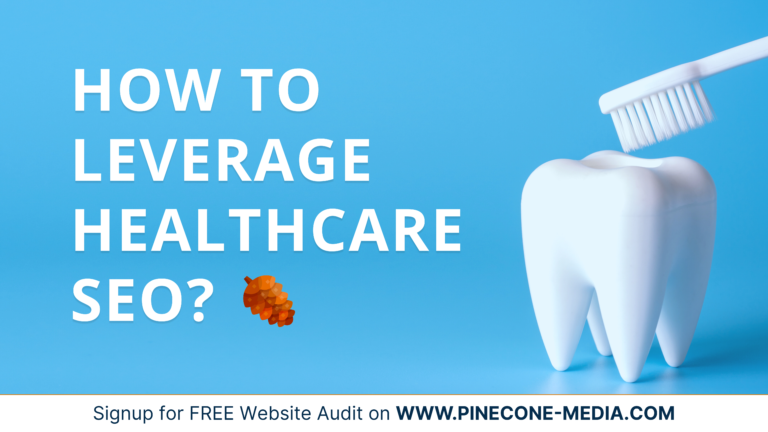Introduction
As a business owner, you want to make sure you’re getting the most out of every dollar you spend. This means knowing which methods are providing the most value for your marketing efforts. A recent study by HubSpot found that organic results are better at driving ROI than paid ads. This can be difficult because most brands don’t know how to create content that gets people talking or how often they should publish new blog posts in order to increase their organic traffic. But here is some good news: there are various ways that businesses can optimize their content strategy while still paying attention to ROI metrics!
The HubSpot study also found many organizations were able to achieve a positive ROI from content marketing; however, the exact percentage is not known. Because of the difficulties marketers face with this topic, it’s important to understand how to promote content organically, as well as paid advertising options, to provide more success with content.
ROI isn’t always easy to measure and there are other ways you can evaluate your efforts.
Organic Results
Organic results can come in the form of informative blog posts and articles (like this one) that link back to the website. Organic traffic is free, but it does take time and effort to generate. Social channels such as Facebook and Twitter are great ways for you to reach your audience directly without having to pay for ads.
Organics can come in the form of informative blog posts and articles (like this one) that link back to your website. When people click on those links, they’ll go to your website. You can use tools like Google Analytics to track how many people click on the link and visit your site as a result of organics.
The organic traffic will increase, thus increasing the chances of lead generation.
If you have a new website, the best way to get started is with organic traffic. Organic traffic is free and comes from search engines like Google, Bing and Yahoo! When people search for something on one of these platforms, they may see your website in their results because of its ranking in the SERPs (search engine results pages). This can help increase brand awareness and generate leads for businesses that do not have much money or time to spend on paid advertising campaigns.
Organic traffic can also be more targeted than paid ads because people are searching for specific products or services related to what you offer on your site; therefore they’re more likely to convert into customers if they find what they’re looking for there. Additionally, as opposed to purchasing clicks through social media platforms like Facebook Ads or Twitter Ads where users aren’t necessarily searching specifically for what businesses offer–they’re often just browsing through feeds–organic searches result in visitors who are ready-to-buy right away!
Social channels to reach your audience, such as Facebook and Twitter.
Social media is an excellent way to reach your audience. It can be used to promote content, increase brand awareness, drive web traffic and sales.
Social media platforms are also a great place to share information about upcoming events or promotions that you have planned for your business. If you use social media correctly it will become an invaluable tool in helping you grow your business organically (without having any paid ads).
These are all free ways to promote content and increase organic traffic.
Creating content is the best way to get more organic traffic, but it’s not the only way. You can also use social media, email marketing and other methods to promote your content. Here are some suggestions for how you can do that:* Use Facebook ads to drive traffic to your blog posts or website.* Use Pinterest contests and boards as a way of getting people interested in your products.* Create infographics from data collected from surveys or polls that relate directly back to your business goals (e.g., increase sales).
This method has significant advantages because it grows over time.
This method has significant advantages because it grows over time. Organic traffic increases over time, and you don’t have to pay for it. Organic search results are also more targeted and likely to convert than paid ads. If you’re looking for long-term success in your business, organic SEO is the way to go.
Paid Advertising
Paid advertising allows you to create your own ads and then select which users see them by choosing specific keywords or audiences through Google Ads, Facebook Ads or other display ad networks.
For example: You want to reach people who are interested in organic food and live near your store. You can create an ad that says something like “organic food” and target it towards people who live within a certain distance from your store location. This will ensure that only those who are interested in organic foods see the ad while others remain unaffected by it (and not waste money).
Paid advertising allows you to create your own ads and then select which users see them by choosing specific keywords or audiences through Google Ads, Facebook Ads or other display ad networks.
Paid advertising allows you to create your own ads and then select which users see them by choosing specific keywords or audiences through Google Ads, Facebook Ads or other display ad networks.
- It’s more effective because you can target the exact audience for your business. For example, if you own an organic food store, paid ads would allow you to promote healthy eating tips in cities where there are lots of people who care about eating healthy. This way, when someone searches “how do I eat healthier?” they will see one of your ads at the top of their search results page instead of another company’s ad (which might not offer as much value).
- Paid ads are also cheaper than organic promotion because they’re easier to track: You know exactly how much money was spent on each ad campaign as well as how many clicks were generated from those campaigns–and this data helps improve future campaigns by showing what works best for certain audiences/products/etcetera based off previous experiences with similar ones!
Finally… don’t forget about social media! Social media platforms such as Facebook or Instagram provide great opportunities for both businesses looking into expanding their reach through advertisements while still maintaining control over budgeting decisions made within those channels.”
With paid advertising, you set a budget for how much you want to spend and pay only when someone clicks on an ad or views the ad for a predetermined amount of time.
With paid advertising, you set a budget for how much you want to spend and pay only when someone clicks on an ad or views the ad for a predetermined amount of time.
Paid ads allow you to test different types of ads to see which ones work best for your audience. For example, if you’re paying for clicks and getting very few conversions from one campaign but lots from another campaign with similar costs and targeting options, then it might be worth switching over to the second campaign.
Conclusion
So, what does this all mean for your organization? It’s important to remember that organic results will always be there, but they’re not always immediate and may take time to build up. Paid advertising can help speed up the process by targeting specific audiences through social media platforms like Facebook Ads or Google AdWords campaigns. By using both types of promotion methods together, you can make sure your content reaches more people who are interested in what you have to offer!





